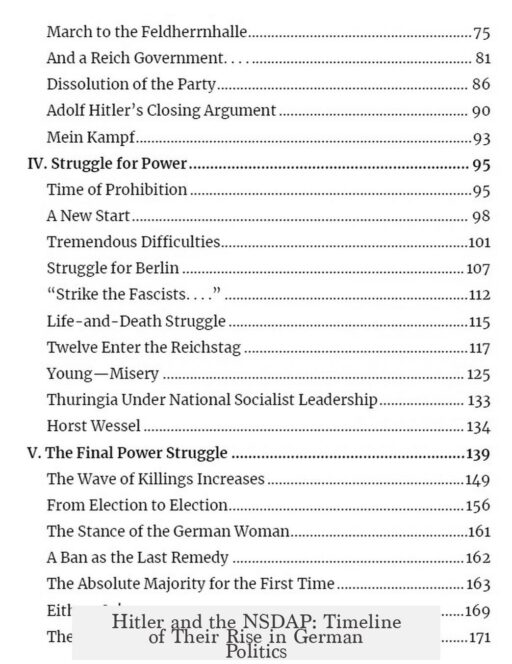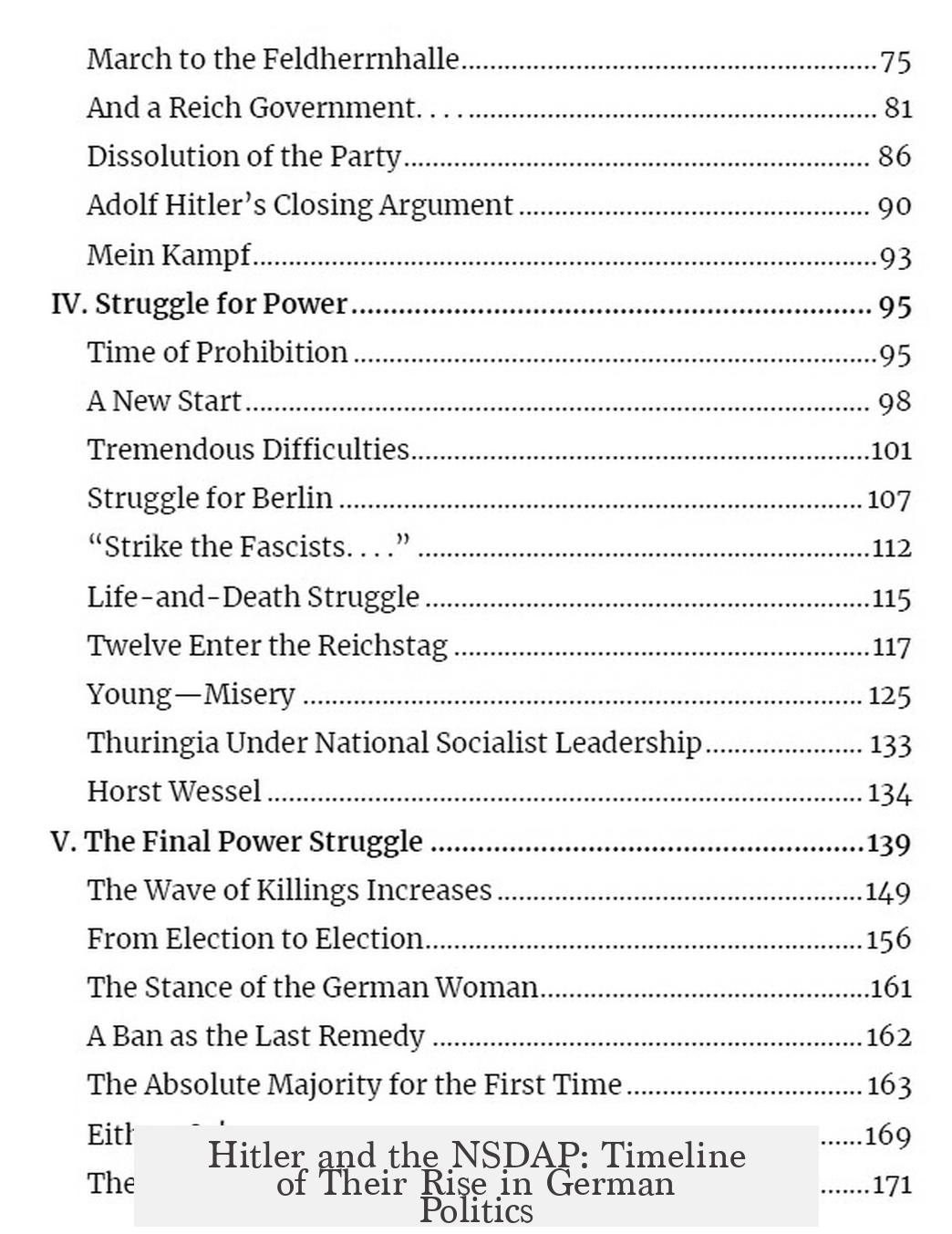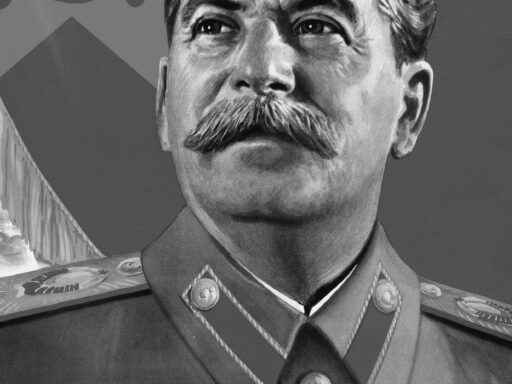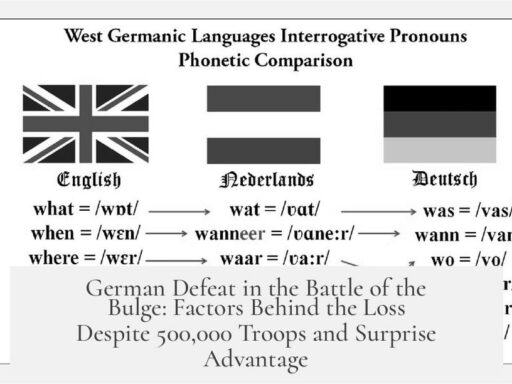Adolf Hitler and the NSDAP began to be taken seriously in German politics primarily after the onset of the Great Depression in 1929. Before this, the party had limited influence despite social unrest and widespread radicalism during the unstable Weimar Republic era.
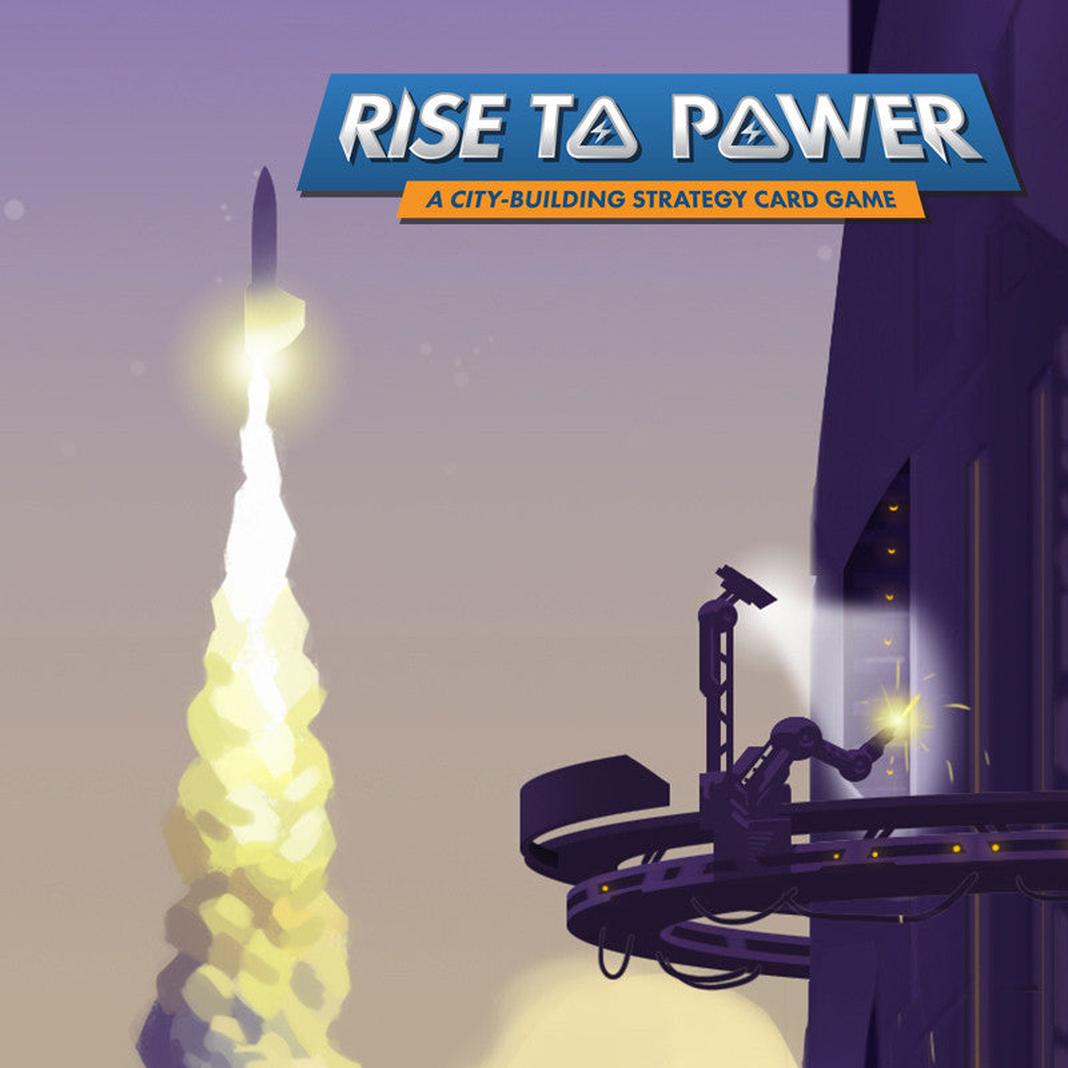
Initially, the Weimar Republic faced severe economic and political instability. Violent factions existed across the political spectrum, including Communists and National Socialists. However, most Germans viewed Communism as a more urgent threat than Hitler’s party. As a result, early NSDAP support was relatively modest and came from particular groups rather than the broad electorate.
Hitler’s early support base included World War I veterans, industrialists, anti-communist middle-class citizens, and some sympathizers in the Bavarian government. This coalition helped him avoid harsh legal consequences, such as during his 1924 prison sentence after the Beer Hall Putsch. Yet the party remained a fringe group in national politics during the 1920s.
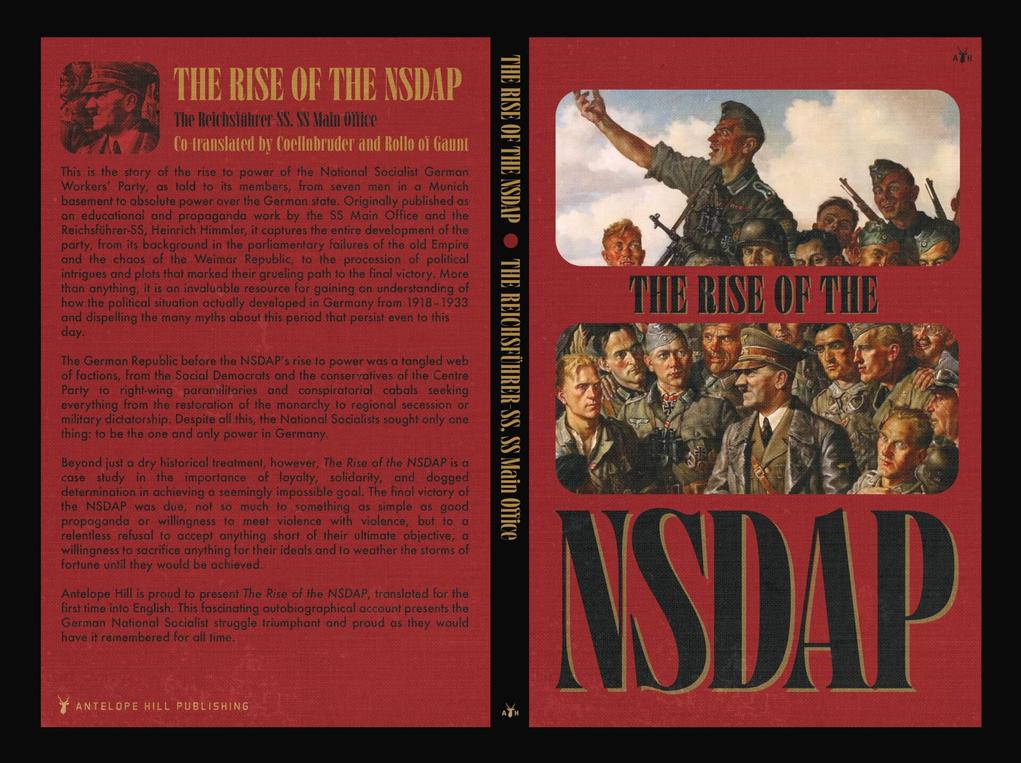
The Great Depression triggered drastic economic hardship across Germany, with massive unemployment and hyperinflation. This crisis shattered confidence in traditional parties and created fertile ground for extremist movements. As the economic situation worsened, many Germans turned to alternative political solutions. The NSDAP capitalized on this by presenting itself as a strong nationalist force promising revival and stability.
Hitler’s exceptional oratory skills and personal charisma played a crucial role in elevating the party. His ability to communicate and rally crowds attracted mass followings. Public speaking tours and propaganda boosted Nazi visibility nationwide. The 1930 Reichstag elections saw a dramatic surge for the NSDAP, which gained 18.3% of the vote and became the second-largest party. This marked the point when the party gained serious political influence.
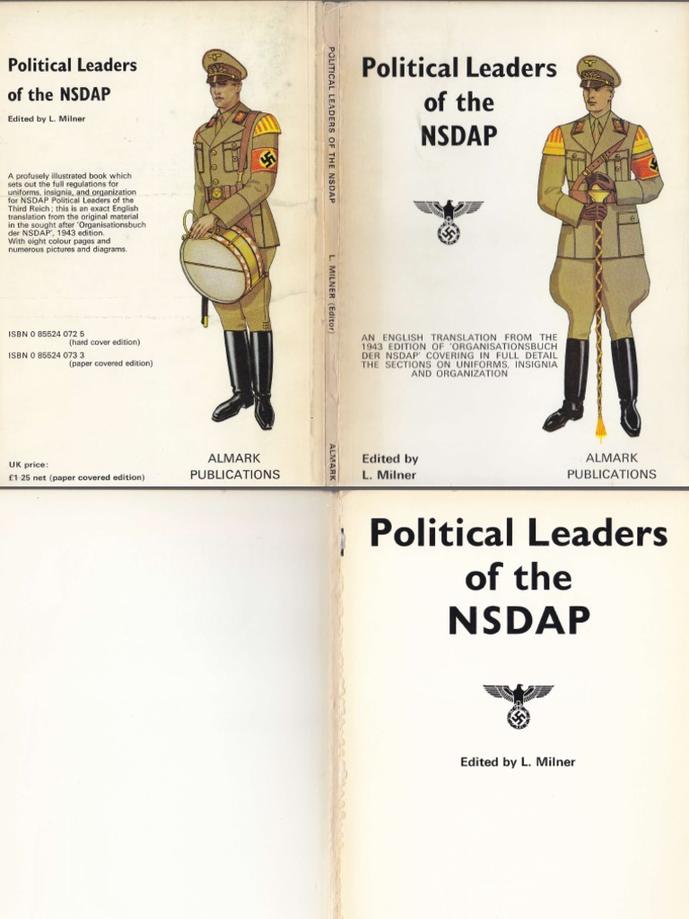
By July 1932, the Nazis emerged as the largest party in the Reichstag, securing 37.3% of the votes. Despite not having absolute power initially, their electoral strength pressured other political forces and facilitated Hitler’s appointment as Chancellor in January 1933.
- The Weimar Republic’s instability created a volatile political climate.
- Early NSDAP support came from veterans, industrialists, and anti-communists.
- The Great Depression was the key catalyst for gaining broad support.
- Hitler’s oratory and charisma amplified the party’s appeal.
- Significant political power was gained after the 1930 elections.
When Did Adolf Hitler and the NSDAP Start Being Taken Seriously in German Politics?
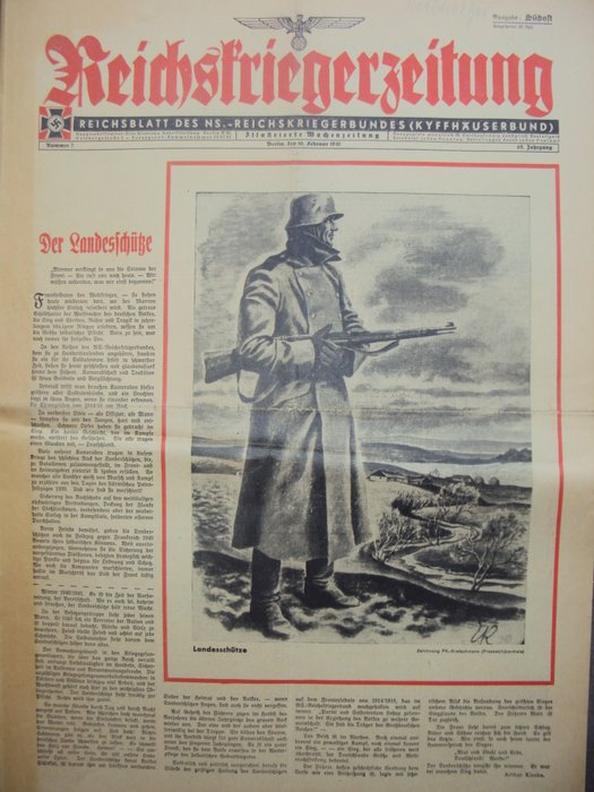
The rise of Adolf Hitler and the NSDAP (National Socialist German Workers’ Party) did not happen overnight. It was a gradual process, influenced by Germany’s chaotic political and economic landscape in the 1920s and early 1930s. The NSDAP began gaining serious political traction mainly during the early 1930s, especially after the onset of the Great Depression.
Let’s dive into the factors and timeline that transformed Hitler and his party from obscure agitators into a formidable political force.
The Rocky Start: Weimar Republic’s Turbulent Landscape
The Weimar Republic, established after Germany’s defeat in World War I, was a hotbed of turmoil. Social unrest, economic instability, and political violence were headline news every day. Radical factions of all stripes roamed the streets — from communist militants to nationalist paramilitaries like the infamous Brownshirts.
Ironically, while the NSDAP certainly embraced radical nationalism, at the time, many Germans feared the specter of communism more. The rise of Bolshevism in Russia had many Germans convinced their own nation might fall victim to a communist revolution. This widespread fear helped the Nazis gradually position themselves as the “lesser evil,” at least in the eyes of those desperate to avoid a leftist takeover.
The Early Support: A Diverse Coalition Budding
Hitler didn’t emerge in a vacuum. His early support base was a unique blend of war veterans, disgusted by the Treaty of Versailles and the fragile republic; industrialists worried about socialism; anti-communists desiring a strong hand to crush leftist uprisings; and a struggling middle class hungry for stability.
Notably, Hitler also enjoyed tacit sympathy inside the Bavarian government. This backing probably cushioned his infamous 1923 Beer Hall Putsch’s political consequences. His lenient prison sentence after that failed coup gave him time to reorganize and plan his political strategy with care.
Charisma and Oratory: The Power Behind the Movement
One cannot understate Hitler’s *magnetism*. His oratory skills were exceptional. He spoke with passion, conviction, and an uncanny ability to tap into the fears and hopes of his listeners.
It didn’t matter if the economic facts were grim or the political promises vague—Hitler’s speeches inspired hope and stirred fervor. This charisma transformed him from a fringe agitator into a national figure worthy of attention, if only for the drama alone.
The Great Depression: The Catalyst That Changed Everything
The turning point came with the Great Depression. Germany, already battered by World War I reparations and hyperinflation, faced catastrophic unemployment and poverty. Millions of Germans lost faith in traditional parties, which now seemed incapable of solving the country’s woes.
Suddenly, the NSDAP’s nationalist and anti-communist rhetoric gained traction. They weren’t just angry voices in the wilderness anymore. In the 1930 Reichstag elections, the Nazis surged dramatically, becoming the second-largest party—a startling achievement.
The economic collapse gave the Nazis something priceless: legitimacy in the eyes of many voters. Hitler and the NSDAP transformed from dangerous radicals to potential saviors of German order and prosperity.
When Did the NSDAP Become Politically Serious?
So, when exactly did Hitler and the NSDAP become a serious player?
- Before 1929: The NSDAP was mostly fringe, gaining limited votes and political influence.
- 1929-1930: The onset of the Great Depression drastically increased their support.
- 1930 Election: Nazis burst onto the scene as the second-largest party.
- 1932 Elections: The NSDAP became the largest party in the Reichstag.
By late 1932, no serious political actor could ignore Hitler. His party commanded a huge parliamentary bloc, and political elites had to consider him a central figure in German politics.
What Does This Tell Us Today?
The NSDAP’s rise teaches us how economic turmoil and fear can fuel radical politics. When traditional political systems fail to address social needs, extremist voices can exploit public dissatisfaction. Charisma and tactical alliances also play key roles.
Understanding the timeline highlights how unusual and fragile Weimar democracy was—sandwiched between revolutionary extremes on left and right. Whether you view Hitler as a master manipulator or a symptom of German society’s breakdown, his path underscores the importance of economic security, political stability, and social cohesion.
Final Thought: Could It Happen Again?
Could a similar political ascension happen in modern democracies? History suggests it can, if people lose faith in institutions, if fear dominates discourse, and if a compelling yet divisive figure emerges.
Being vigilant about political extremism means knowing how it begins—often quietly, at first, growing in moments of crisis and desperation. Hitler and the NSDAP’s story is a cautionary tale worth remembering.
If you want to dive deeper, here are some key factors that turned Hitler from a fringe agitator into the Chancellor of Germany by 1933:
- Public dissatisfaction: The Treaty of Versailles humiliation and economic hardship bred resentment.
- Fear of communism: Nazis portrayed themselves as a buffer against Bolshevism.
- This fragile coalition: A blend of veterans, industrialists, and middle class gave credence to their cause.
- The Great Depression: A devastating economic crisis gave the Nazis their biggest boost.
- Hitler’s charisma: His talent for speeches and propaganda captivated and mobilized supporters.
The journey from political obscurity to dominance was long but undeniable by the early 1930s. That’s when Adolf Hitler and the NSDAP started being taken seriously—much to the world’s eventual horror.
